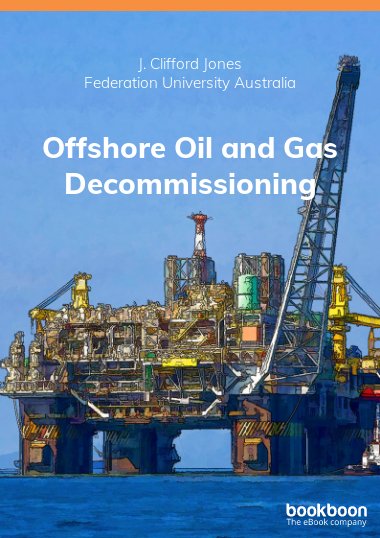All facets of offshore decommissioning are discussed in a form suitable for the new entrant to the subject. In particular a professional having previously specialised in production now on a learning curve for decommissioning will . It is expected that a power point presentation based on the content of the book for training purposes will become available. Enquiries on this should be addressed to the author.
You can see a review of this book in the journal “Chemistry of Australia”. Click here. The review is on page 33.
About the author
Clifford Jones has spent a working lifetime in teaching, research and writing on fuels and combustion. He has held academic posts in the UK and Australia and has held visiting posts in a number of countries including Kazakhstan. He has written over 20 books and numerous papers and articles. He has major broadcasting experience.

